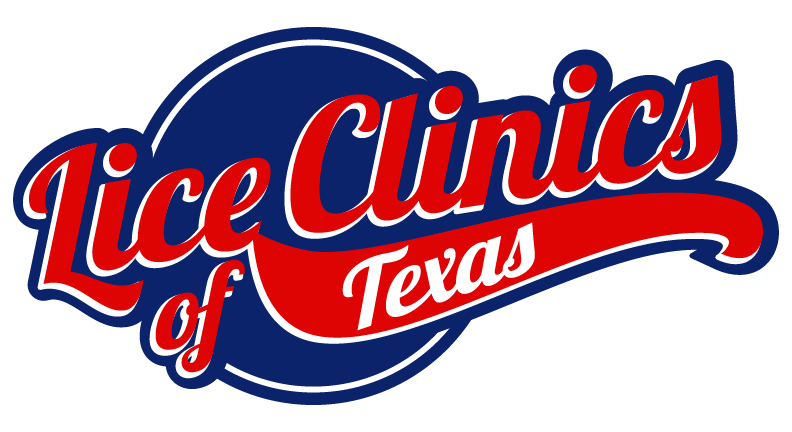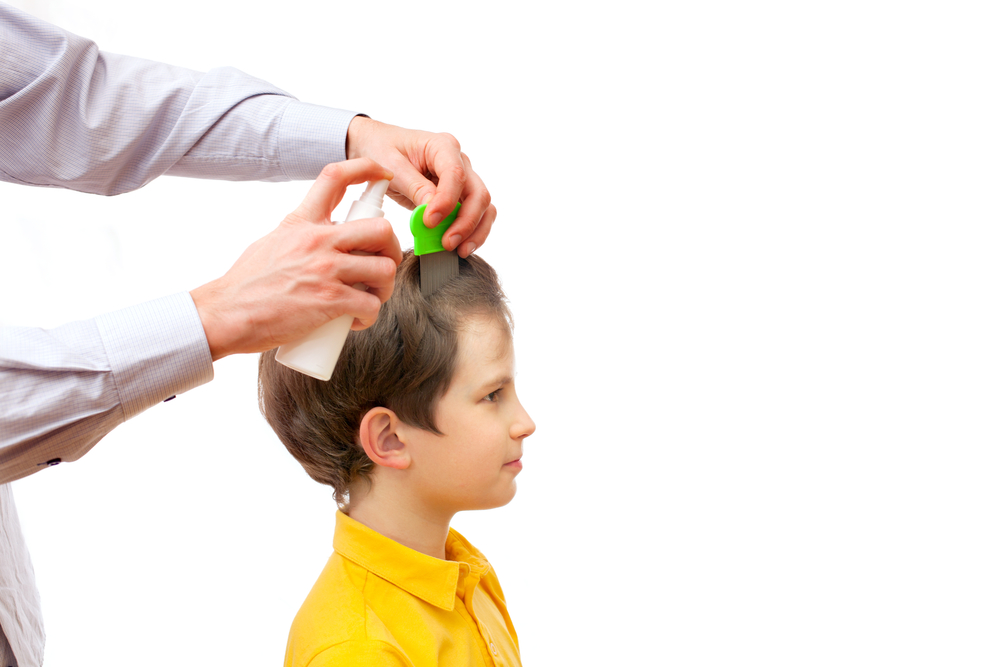Did you know that centuries ago head lice and body lice developed into two separate species? One that exclusively fed on human life and one that lived off of chimpanzees and other animal mammals. These pesky parasites became such an irritant for our early ancestor homo sapiens and chimps alike that they would spend a lot of time sitting around, picking nits and lice off of each other to help relieve the irritation. The term “nit-picking” is a direct result of this act. In fact, for chimpanzees, it has continued to be an important social bonding time for families and groups.
So no, we aren’t giving every parent an automatic pass to constantly nag your children. We are referring to taking an active role in keeping your family free from head lice. Head lice checks, or nitpicking, is a great way to catch the problem early on and prevent it from spreading. How does a parent go about nit-picking?
Tips for Parents on Performing Head Lice Checks:
- Know what you are looking for. Lice grow in three separate stages. You can learn more detailed information about these stages through the CDC. Essentially, a nit or egg is laid near the base of a scalp. They will be transparent in color and literally glued onto individual hair strands. After about 9 days the nit hatches and nymph emerges. Nymphs are smaller lice that will molt several times until they have grown into a full grown louse. Adult lice are the size of a sesame seed, brown in color and quickly scurry away from direct sunlight. For this reason, the best way to indicate a head lice problem is to find nits or eggs.
- Use a nitpicking comb. Having the right tools for the job can make all the difference. Nitpicking combs can be purchased at Lice Clinics of Texas. We offer expert advice on head lice checks, can even perform them for you, or show you the best ways to look. At home, we definitely recommend using a nitpicking comb that is specifically designed to have narrow, long teeth that will grasp eggs and live lice and comb them out of the hair.
- Where do I start? Begin by wetting the child’s hair and applying hair conditioner. Comb their hair through to remove any tangles. Get a clean paper towel and have it handy. Next, start behind the ears, at the crown of the head and near the neckline where head lice like to hang out. Comb through hair carefully and one small section at a time. Each swipe, wipe off the comb onto a clean paper towel so that you can observe any remnants that are coming off. Make sure to scrape lightly against the scalp with each combing to catch nits that are laid near the base.
- Be patient. Especially for children with thick hair, this process can seem daunting. However, the more often you do it the less time it will take. Remember, even school nurses who deal with head lice checks regularly are often mistaken in their diagnosis. If you have any concerns or questions, don’t hesitate to contact the professional staff at Lice Clinics of Texas. We deal with head lice every day and can help you identify if you have a problem, quickly and eliminate it effectively.
- Know when to check. Head lice are a problem all year long. However, the most common times for children to contract head lice are while participating in sporting teams, summer camps, sleepovers, spring break, vacations and back to school. Especially after these events take the time to check your children for symptoms of head lice. Finding the problem early on can alleviate a lot of the concern of head lice passing from person to person in your household.

